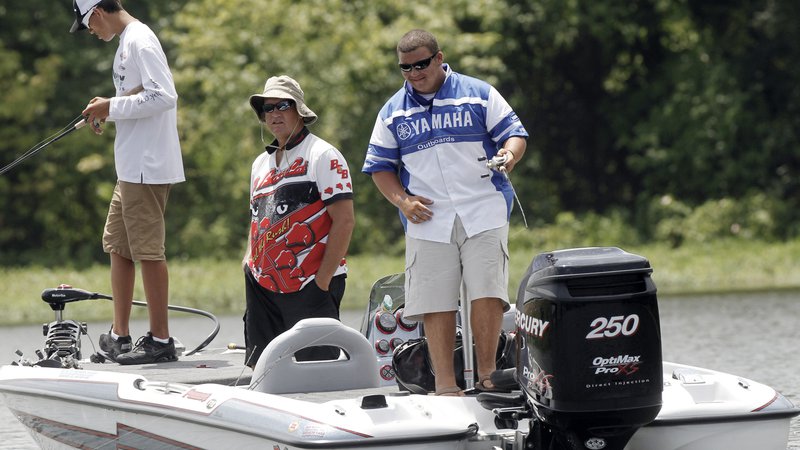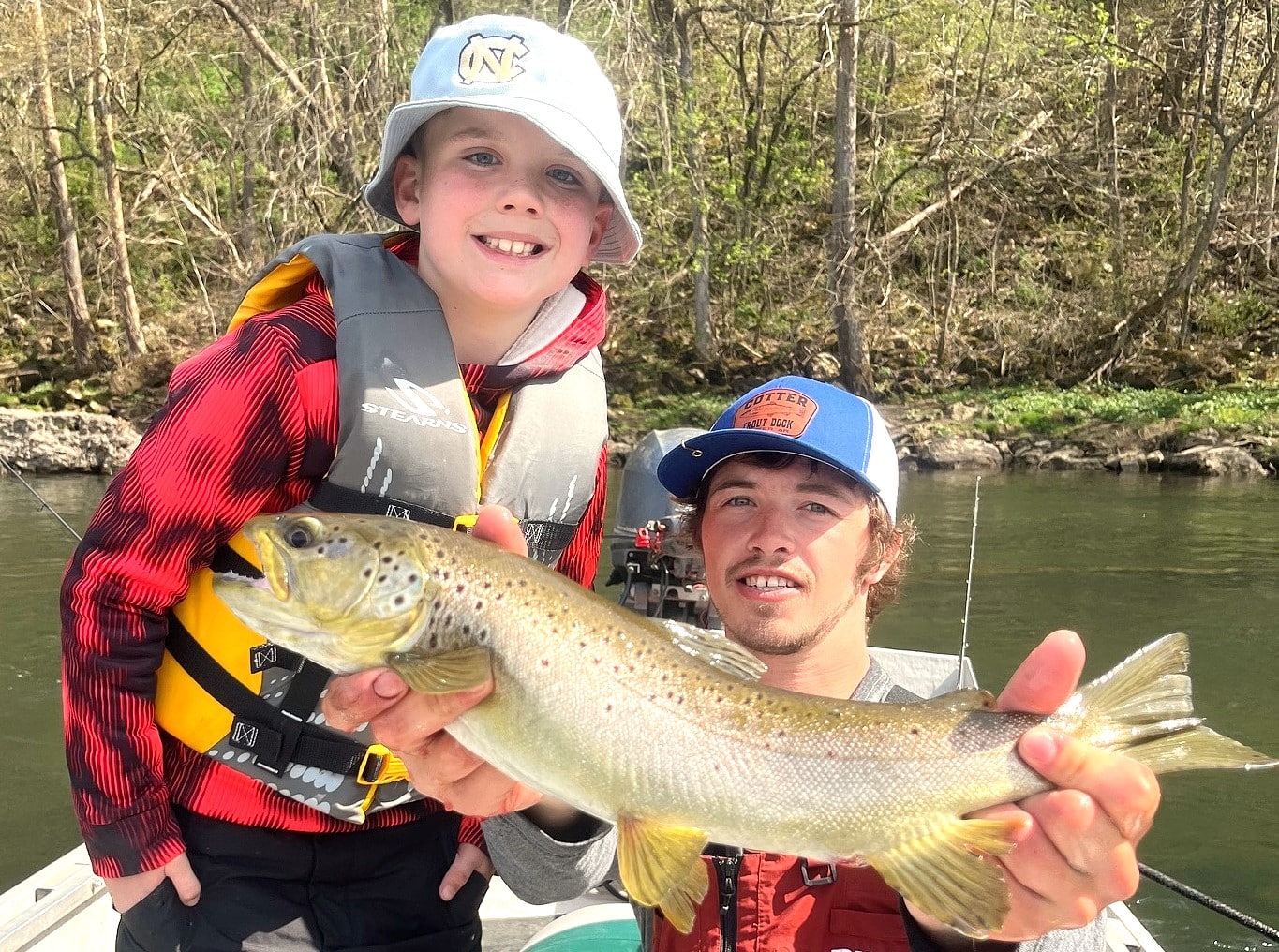Youth fishing tournament anglers encouraged to dump some brush on the AGFC
ON 05-08-2017

May 8, 2017
Randy Zellers
Assistant Chief of Communications
The Arkansas Game and Fish Commission has created a new award program specifically for youth fishing tournament organizations to help do their part in improving aquatic habitat in Arkansas reservoirs. Fishing tournament organizations affiliated with an Arkansas junior high, high school or college can apply for an award ranging from $500 to $1,000 to offset the costs of building and sinking brush piles and other habitat in Arkansas lakes.
Many bass fishing tournaments specifically for young anglers are popping up all over the state, and biologists with the AGFC’s Fisheries Division are excited about the possibilities of working with these young angling groups.
“We want to promote the idea that all anglers are stewards of our aquatic resources,” said Jason Olive, AGFC Assistant Chief of Fisheries Management. “By getting these young tournament anglers involved in habitat projects, we want them to be a part of working with us from the beginning of their competitive angling careers.”
For years, anglers have sunk brush piles to give themselves an edge on tournament day. And most will tell you that the best brush piles are placed in areas where cover is scarce.
“Most of Arkansas’s reservoirs are at least 40 to 50 years old,” said Colton Dennis, AGFC Black Bass Program coordinator. “And some were cleared of trees for timber before the lake was flooded. What woody cover and vegetation were left has gradually decayed, which reduces the amount of complex habitat available in our reservoirs.”
That complex habitat not only gives anglers places to key on for fishing, it’s extremely important to the fish. Smaller fish, such as baitfish and young predator species, hide among the dense cover for protection. In many cases, algae and other bits of organic matter on the cover provide nutrients to baitfish as well. Larger fish also use the habitats, but as hunting grounds. They find ambush points around some of the cover and wait to nab some of the smaller fish that venture too far away from the safety of thicker habitat.
“In lakes that have aged to the point that much of the original cover is gone, man-made brush piles can fill that role,” Dennis said. “The AGFC has worked with many different materials to create reservoir habitat enhancements for many years.”
Dennis says anyone interested in placing brush piles should always check with the owner of the lake before sinking them.
“There are a few lakes that do not allow natural brush piles because they are water-supply reservoirs,” Dennis said. “But some may allow PVC structures to be placed if you go through the proper procedure and work with them. A quick call to your local fisheries biologist can help you figure out your options.”
Funds from the award must be routed through a team’s account at its school, and school officials should be listed as the contact person for the grant proposal. Applications are available at http://www.agfc.com/fishing/Documents/BBP/YouthTournamentHabitatProjectApplication.pdf
Visit the Black Bass Program’s page at to learn more.
Recent News
Subscribe to Our Weekly Newsletter E-mails
Don’t miss another issue. Sign up now to receive the AGFC Wildlife Weekly Newsletter in your mailbox every Wednesday afternoon (Waterfowl Reports are published weekly during waterfowl season and periodically outside the season). Fishing Reports arrive on Thursdays. Fill in the following fields and hit submit. Thanks, and welcome!


